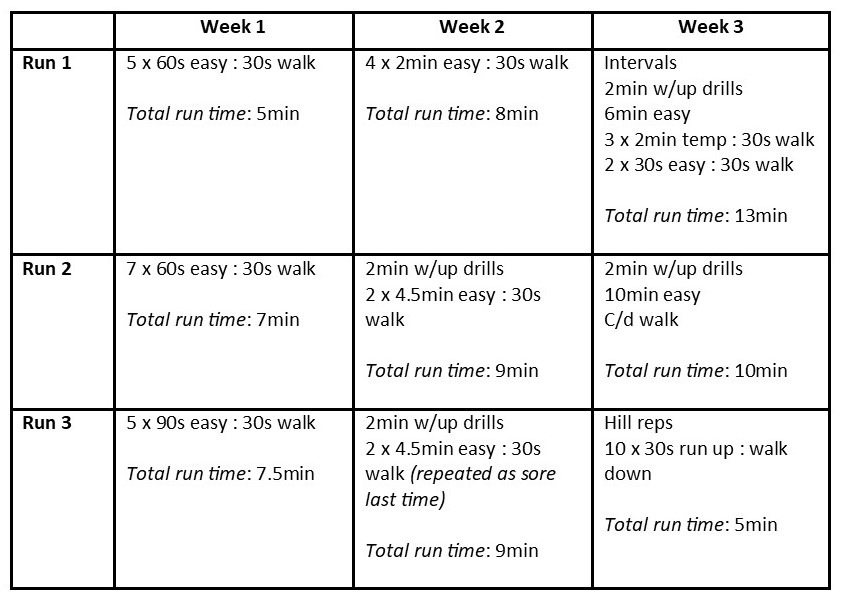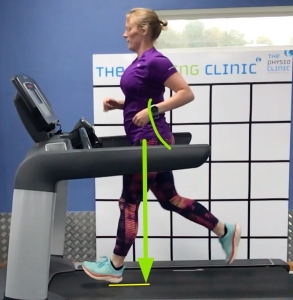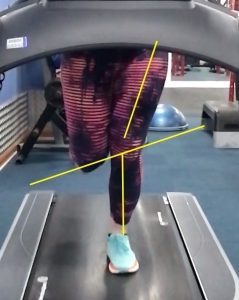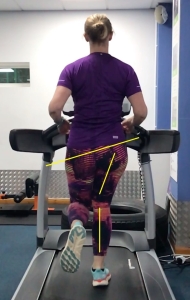10 weeks since my knee injury and I finally feel like I am making progress with my running!
Over the past 3 weeks have I gradually re-introduced running while ensuring to keep to the main golden rule – any pain, stop!
One of the hardest parts of returning to any sport after an injury is knowing how quickly you can return to previous levels without risking going backward. I had various things to consider:
- How long I had been out of running
- Previous running levels
- The ongoing irritability of fat pad irritation
- Biomechanical weaknesses that were partly responsible for the injury
- Weight gain as a result of reduced exercise and comfort eating
There is a lot of information about the “10% Rule” when it comes to running progression and injury prevention, but with so many factors to consider, I feel there’s much more to it than that.
The 10% Rule states that a runner’s distance, time, or frequency should not increase by more than 10% per week. While effective, this can be incredibly slow and does not take into account your starting point or how long you have been off running. So while I have kept the concept of the 10% rule in mind, I have also reintroduced my running with the support of:
- 3 Runs per week as long as pain-free during and after
- Not progressing my run time until the previous session was pain-free
- Daily yoga and stretching to prevent muscle tension creating stress on my knee
- 3 Strength sessions per week, specifically designed for running and addressing my weaknesses
- Weight management (after all, the heavier you are, the greater the impact on your joints)
- New run trainers, with increased cushioning in mind to aid shock absorption
- A running analysis session, to highlight where further biomechanical work was needed.
When increasing the intensity, such as increasing pace or adding in hill work, I was careful to reduce the overall run time to avoid increasing multiple factors at once.
Once able to run consistently, it was time to return to Pete for running analysis. Running analysis is a vital tool, allowing me to see where residual weaknesses exist in my biomechanics. From the pictures below, you can clearly see reduced lateral glute strength causing my hips to drop and knee to fall in. There is also reduced hip extension, compensated for by increased lower back extension. The feedback from the analysis allows me to adapt my current strength sessions further, while also incorporating recommended drills into my warm-up and main run set.






